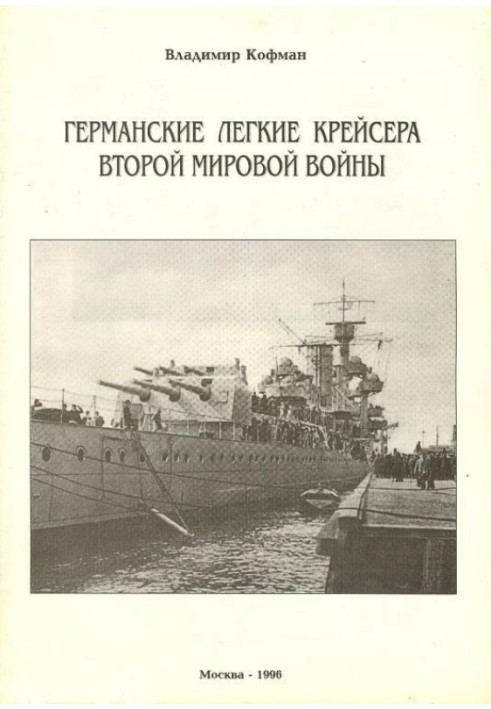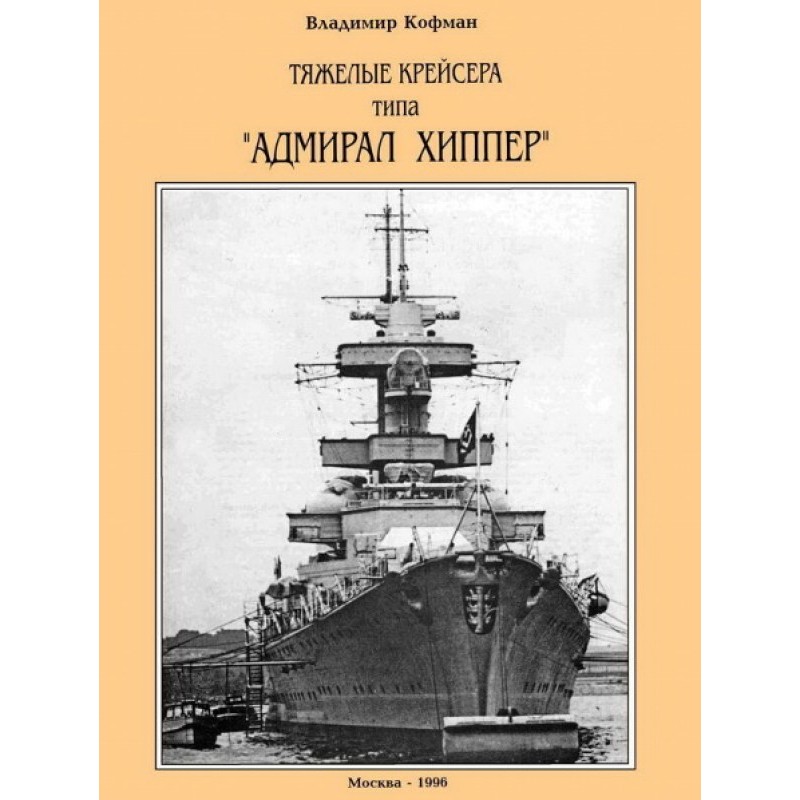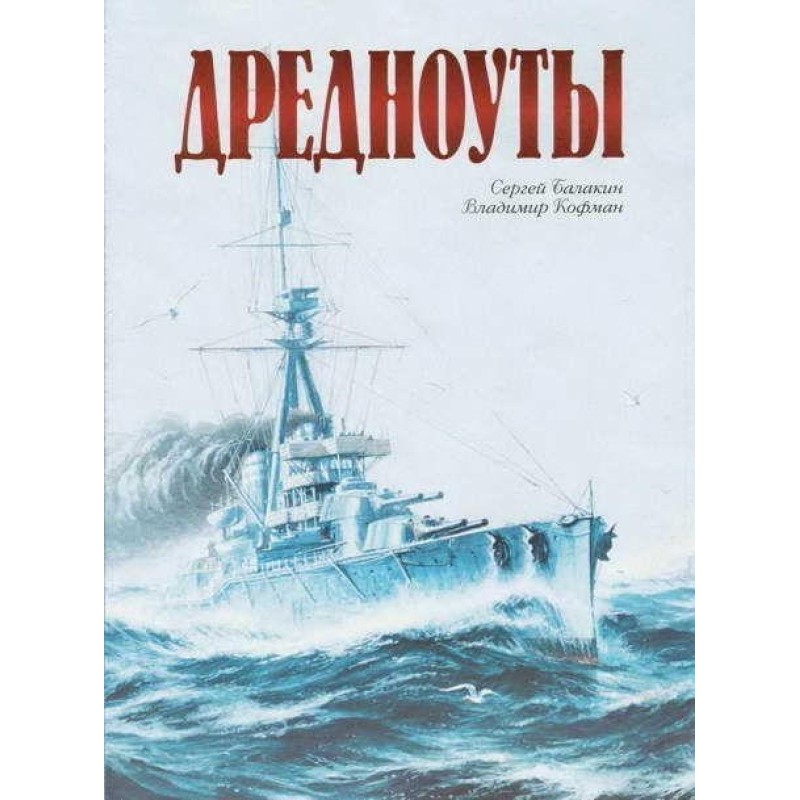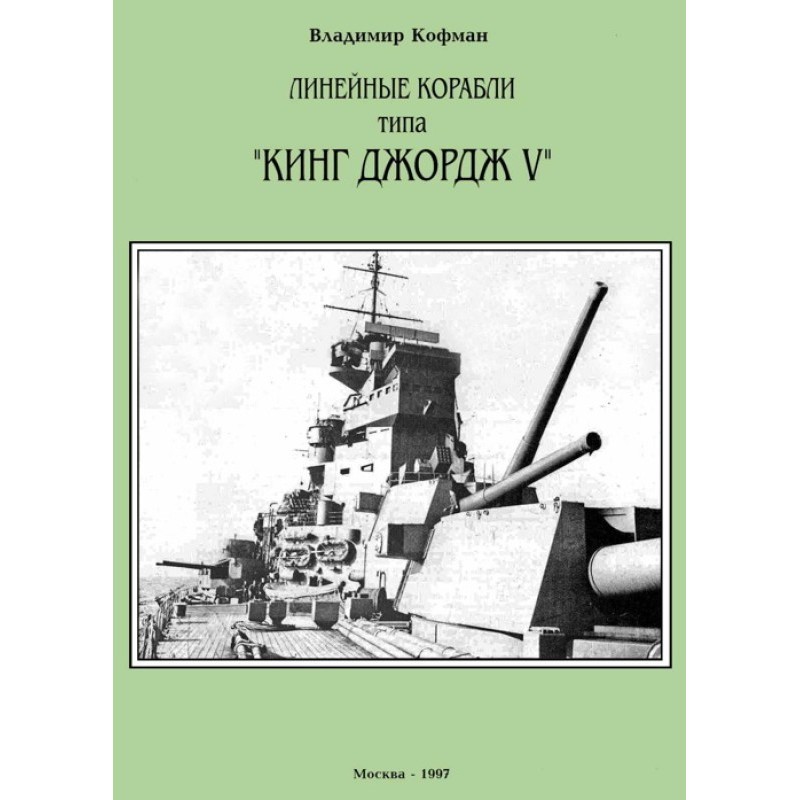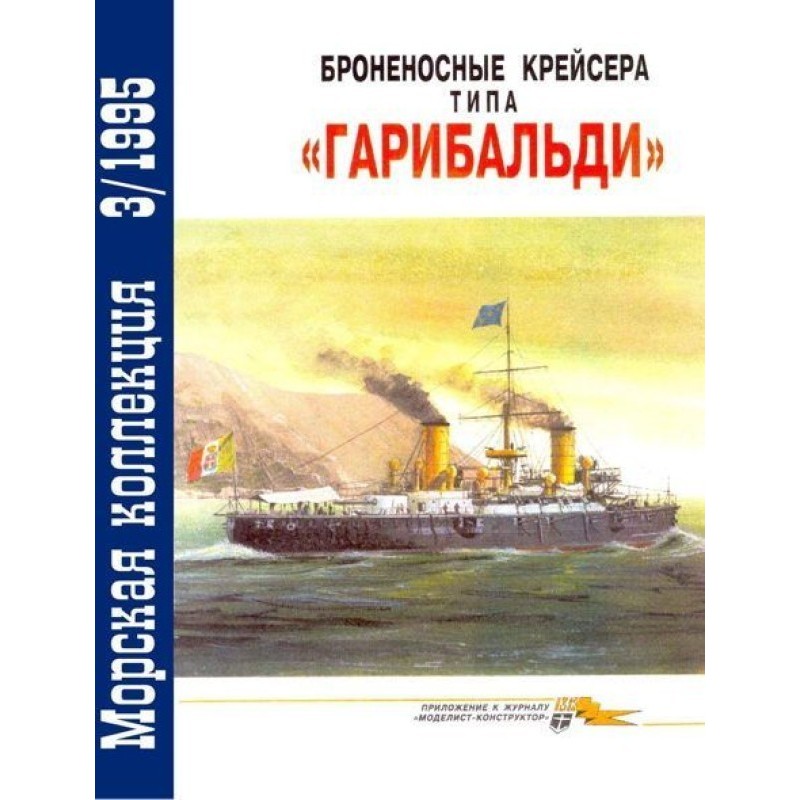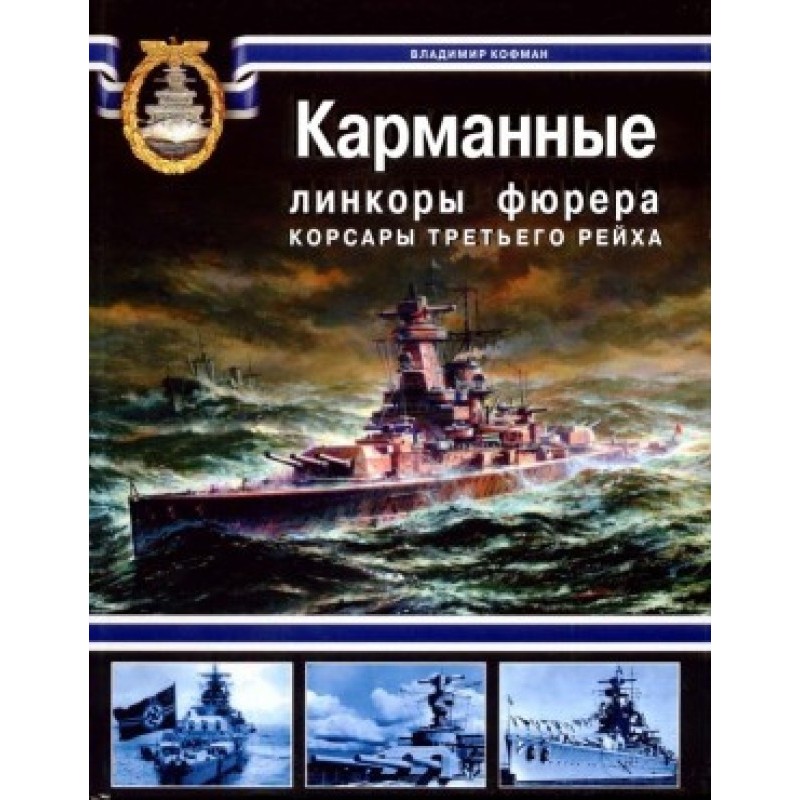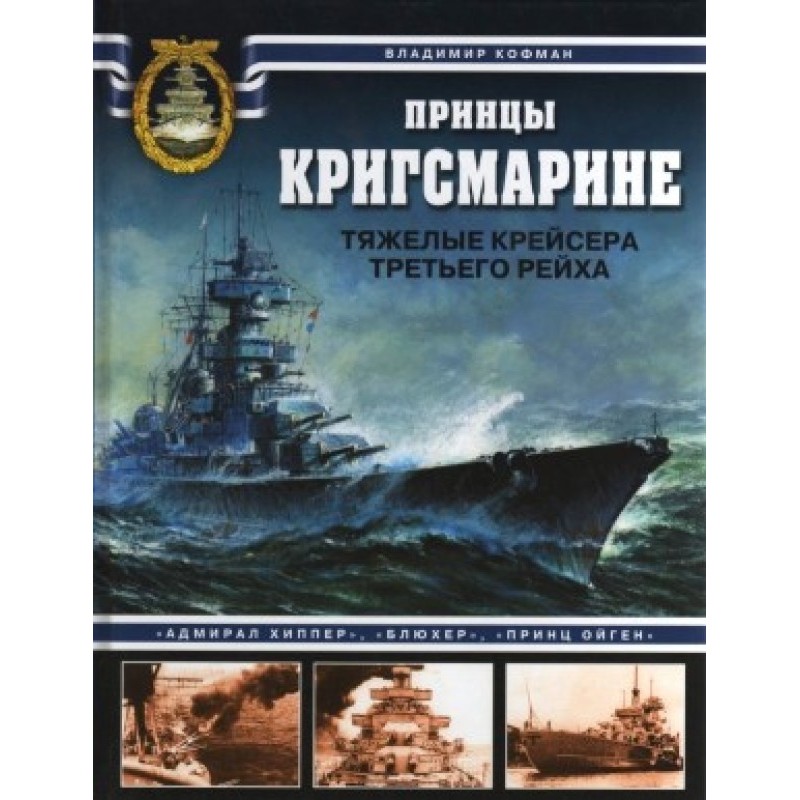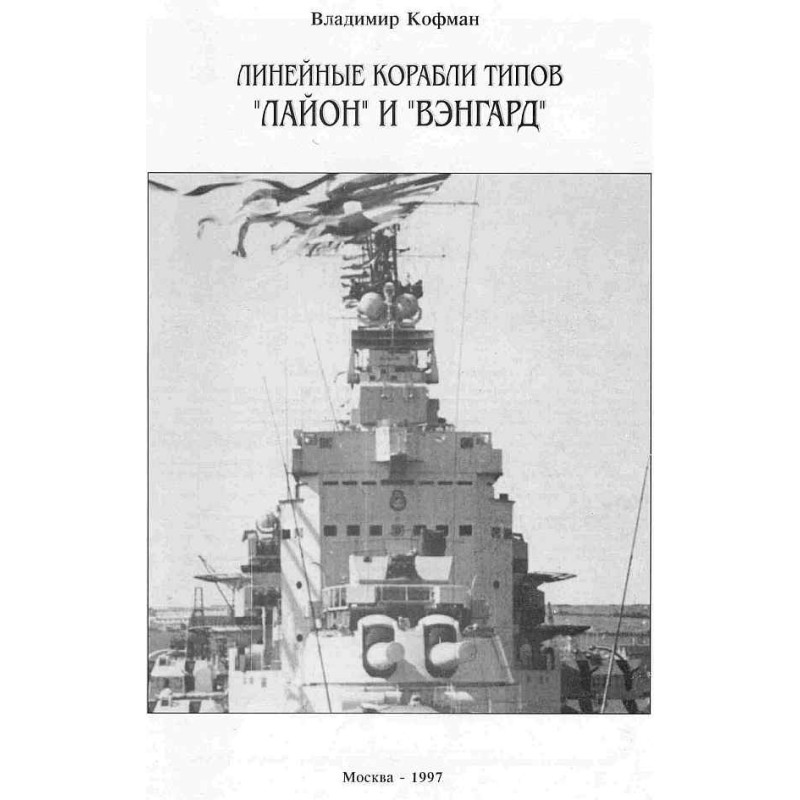German light cruisers of World War II
 Instant download
Instant download
after payment (24/7)
 Wide range of formats
Wide range of formats
(for all gadgets)
 Full book
Full book
(including for Apple and Android)
Perhaps, like no other major naval power, Germany very clearly followed the general line of development of its small cruisers. Only at the very beginning of the construction of the fleet, in the 80s of the last century, fluctuations in the choice of type were observed. However, by the mid-90s, a type of small armored ship with a displacement of 3000 tons had been developed, armed with twelve 105-mm guns, which in principle did not change until the Russo-Japanese War (all improvements related to the mechanical installation, which gradually became more powerful, in as a result of which the speed increased from 19-20 to 25-26 knots). The famous corsairs "Emden", "Konigsberg", "Dresden", "Karlsruhe", "Nuremberg" belonged precisely to this type. The next decisive step was taken with the development of the project of cruisers of the "Magdeburg" class. Leaving the same weapons, the German designers significantly strengthened the protection by introducing, in addition to the armored deck, a side belt along the waterline, and the deck had bevels adjacent to the lower edge of the belt. Such a system generally repeated the armoring scheme of large warships of that time - battleships - dreadnoughts and battlecruisers). Despite the small thickness of the slabs (40 mm belt and 20 mm deck bevel), spaced armor provided good protection. against high-explosive shells with a small fuse delay used by the alleged enemy - England. After the First World War, the German cruising forces found themselves in a tragic situation, as did the entire fleet of the Weimar Republic. According to the Treaty of Versailles, it was allowed to have only 6 ships of this class with a displacement of no more than 6000 tons, armed with guns of no more than 150 mm caliber. The Allies did not leave any of the powerful new light cruisers in the fleet of the defeated country. Germany had to be content with old armored decks, the only advantage of which was, oddly enough, their great age. In fact, almost all the cruisers that were part of the Navy were subject to replacement as they had reached their service life limit. Only the extremely difficult economic situation prevented the construction of new ships from starting immediately after the signing of peace. However, already in 1921, the laying of the first interwar light cruiser Emden took place.
Data sheet
- Name of the Author
- Владимир Кофман Леонидович
- Language
- Russian

